
Colorado State University engineering
celebrates women in aerospace
By Taryn Bradley, Kevin Fleming and Andrea Leland
May 17, 2023
Women are making aerospace history in the Walter Scott, Jr. College of Engineering.
In 2021, Colorado State University Distinguished Professor Sue van den Heever was named the first woman to lead a NASA Earth Venture Mission — a $177 million project to study behavior of tropic storms to improve weather and climate models.
May 20 is National Women in Aerospace Day, a day in which we honor van den Heever, in Atmospheric Science, and women like her – past, present and future – for their invaluable contributions to the aerospace industry.
Colorado State University and the college are home to incredible female aerospace faculty, staff and students. Engineering SOURCE sat down with just a few of these women across Electrical and Computer Engineering, Mechanical Engineering and Systems Engineering to share their stories and advice to the next generation of the aerospace industry.
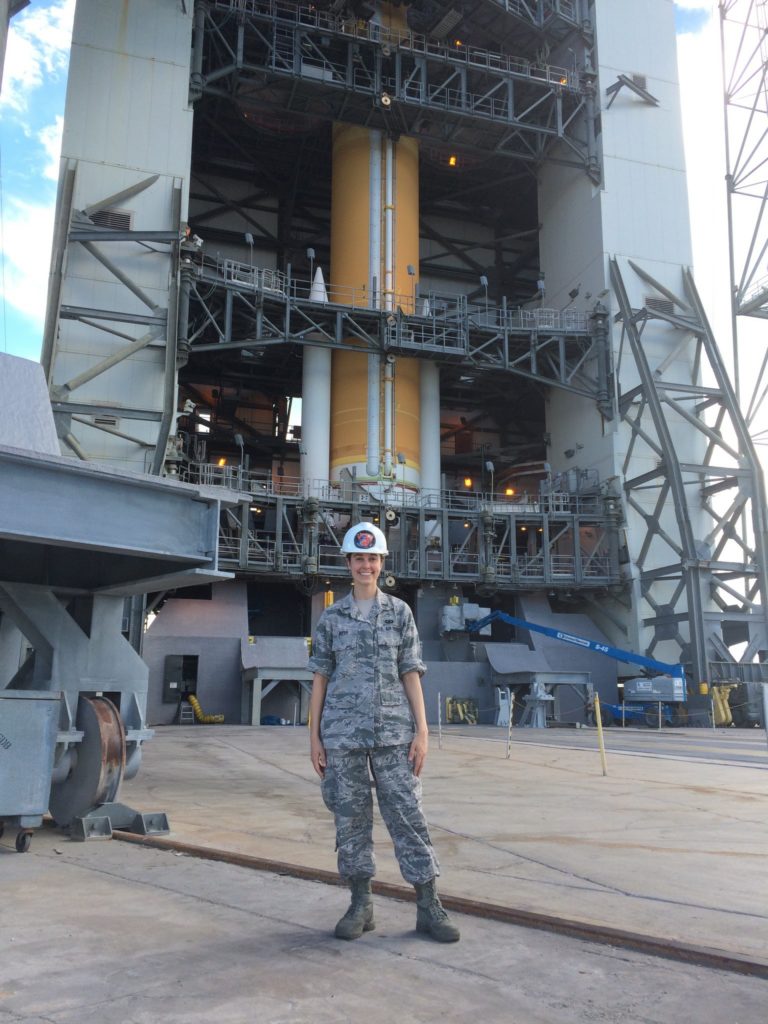
Laura Duffy, Ph.D.
Graduate 2023, Department of Systems Engineering
“For those who are just starting out, I think it’s best to pursue what you are interested in.”
When Laura Duffy was in middle school, she took a trip to the mountains, where she looked at the stars through her toy telescope among adults using high-tech equipment.
“I was actually able to identify objects with this flimsy little thing. The adults were like, ‘Wow, you’re doing so great!’” Duffy said. “It made me realize how vast space is and how interesting it is – how much there is to study.”
Duffy started at the U.S. Air Force Academy with a degree in astronautical engineering and received her master’s from the Air Force Institute of Technology. She eventually left uniformed service to become a contractor working for the U.S. Space Force in the private sector. She said getting her Ph.D. was a lifelong dream.
An expert in orbital constellations like GPS satellites, Duffy said she appreciated learning digital engineering and systems thinking at CSU. She said there are a lot of opportunities in the aerospace field right now, especially for women.
“For those who are just starting out, I think it’s best to pursue what you are interested in,” she said. For those further along in their careers, she recommended finding good role models to emulate.
Duffy attended CSU online while working in Los Angeles. She chose not to attend her graduation ceremony due to her advanced pregnancy. She said it’s important to her that women considering aerospace remember to have a work-life balance.
“Even if you’re not a mom, there’s going to be important people in your life, important family members you will want to make time for,” she said. “Think carefully about your location and remember to have a balance.”
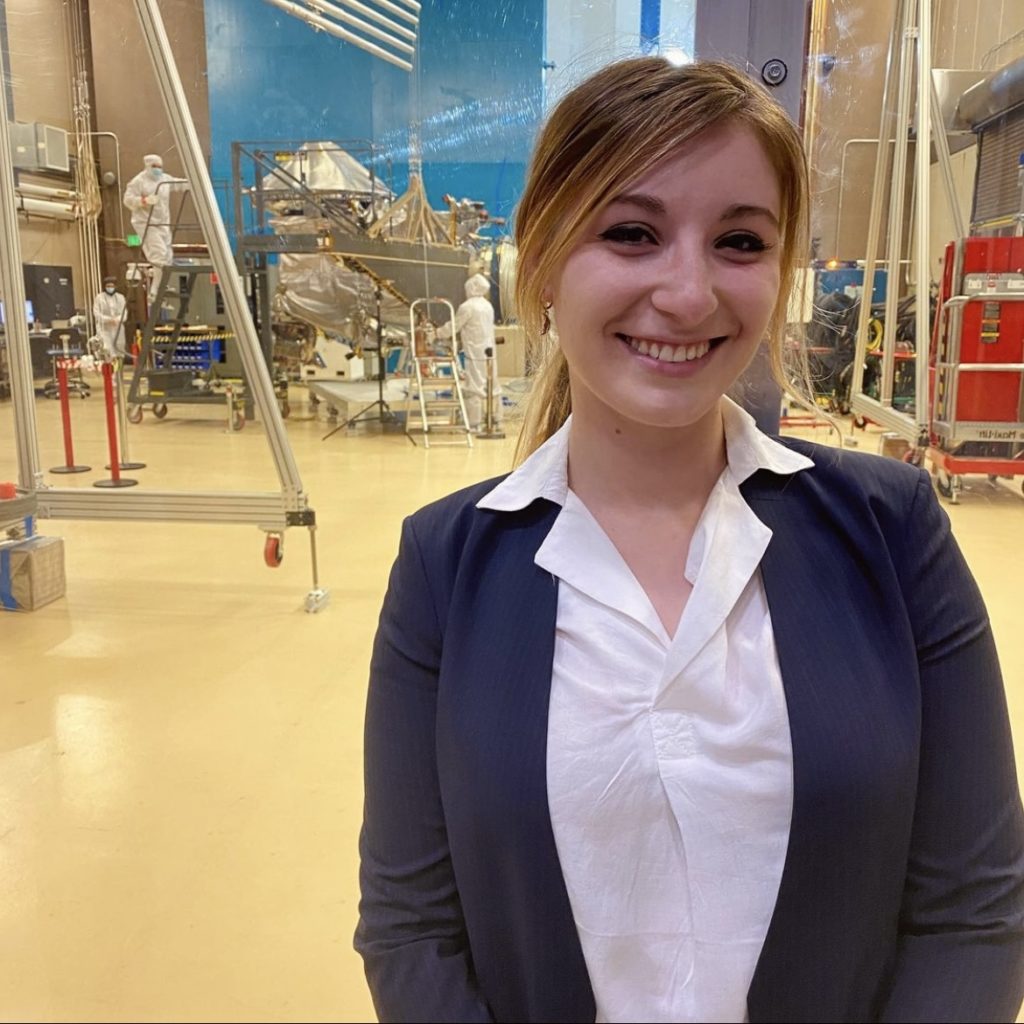
Kori Eliaz
2022 Bachelor’s in Electrical Engineering
“Seeing something you worked on physically leaving the planet is a life-changing experience.”
Kori Eliaz was a sci-fi kid who loved B-movies and novels about space. But she never dreamed she would become an aerospace engineer. “I thought, it’s rocket science, I can’t do that,” she said.
Everything changed when Eliaz was accepted into the NASA Community College Aerospace Scholars program at her two-year college in California. “It helped me see aerospace as an accessible path.”
After transferring to CSU’s Electrical and Computer Engineering department, Eliaz received the coveted Astronaut Scholarship. She became a champion of aerospace and was instrumental in launching the department’s new aerospace offerings. Last spring, Eliaz graduated summa cum laude among the first cohort of students to receive a bachelor’s degree in electrical engineering with an aerospace concentration.
In her current role as a deep space systems engineer for Lockheed Martin, Eliaz follows the motto, “Lead from where you are.” The thrill of the launch is her biggest reward. “Seeing something you worked on physically leaving the planet is a life-changing experience,” she said.
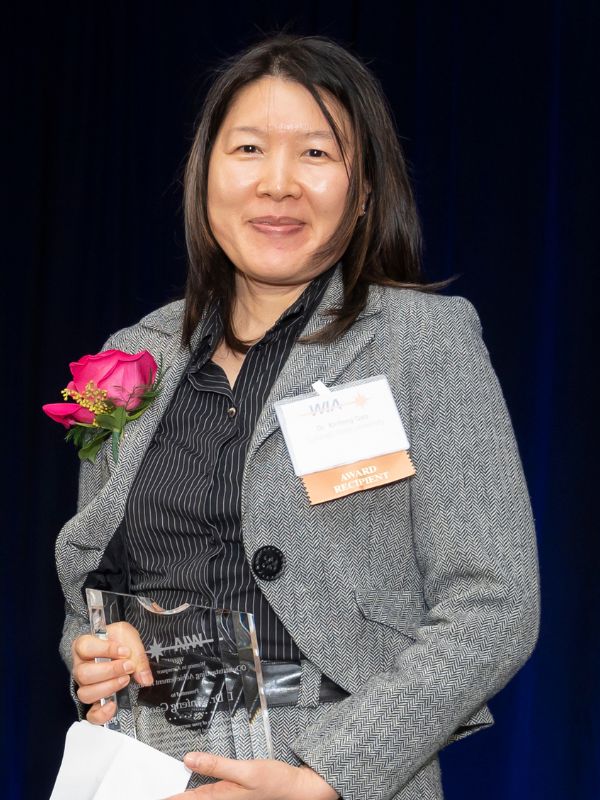
Xinfeng Gao
Associate Professor, Mechanical Engineering, Computational Fluid Dynamics and Propulsion Laboratory
“This field can be exacting, but if you have the passion, the creativity and the grit to keep going, you have what it takes to be successful.”
When Xinfeng Gao talks about her research and the aerospace industry, one thing is clear – it’s been a long-standing passion of hers.
“I always liked math and logical operations. In high school, I was fascinated by flying vehicles and inspired by an uncle who was doing aerospace research, so the decision came very naturally to me,” she said.
Gao loves doing research on computational fluid dynamics where she can apply math and logic to write algorithms for modeling how flows behave in an aerospace propulsion system. She also develops advanced algorithms to assist in designing hypersonic vehicles, aircraft that fly five times faster than the speed of sound.
Her passion and research have earned her awards, including the Outstanding Achievement Award for Women in Aerospace. Gao also loves to share her passion with others and is a mentor to young women interested in aerospace.
“This field can be exacting, but if you have the passion, the creativity and the grit to keep going, you have what it takes to be successful. Sometimes it can feel like you can’t see an end to the problem you’re working on, but be patient, persistent and courageous! Don’t allow yourself to get discouraged.”
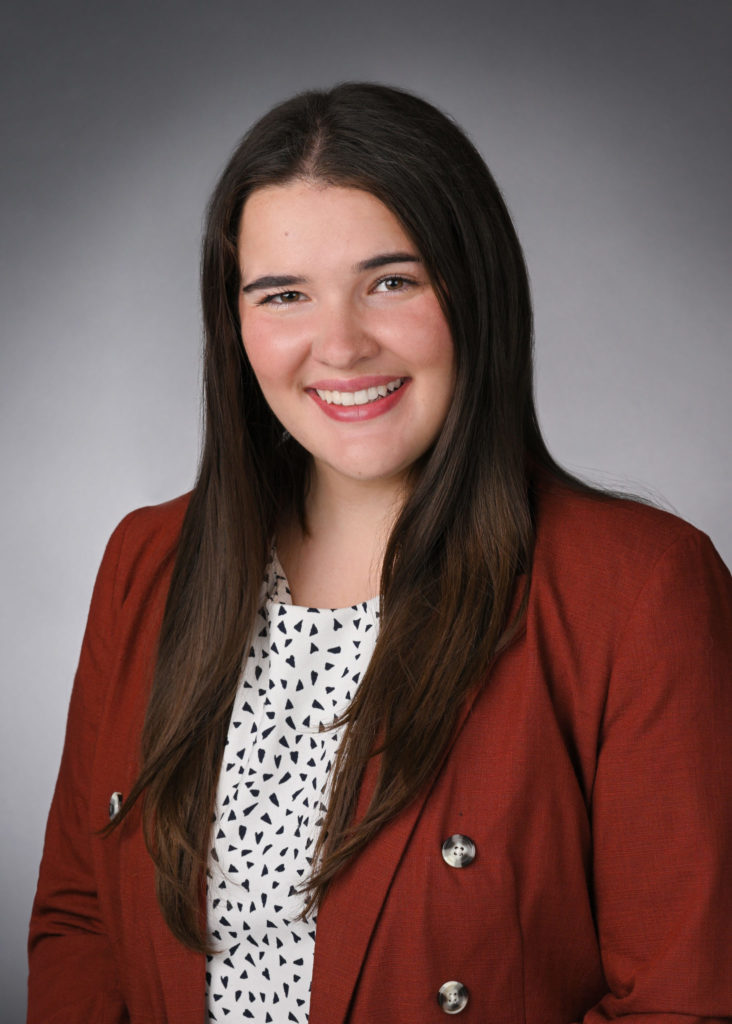
Jordan Jeski
2023 Bachelor’s of Electrical Engineering
“I love being able to work on cutting-edge technologies that get sent to space.”
Jordan Jeski has advice for students considering aerospace: “Do it!”
Jeski earned her bachelor’s degree in electrical engineering in May with a concentration in aerospace. She is fascinated by the range of opportunities to drive innovation in aerospace – everything from rockets to satellites to aircraft.
“I love being able to work on cutting-edge technologies that get sent to space,” she said.
Jeski discovered her passion for aerospace through an internship with Lockheed Martin. This fall, she begins a full-time position with the company as an RF systems engineer, focusing on satellite communication systems.
At CSU, Jeski inspired future generations through her work as a student ambassador for the college and officer for the Society of Women Engineers. She spearheaded Introduce a Girl to Engineering, an event that helped 100 middle school girls explore different facets of engineering.
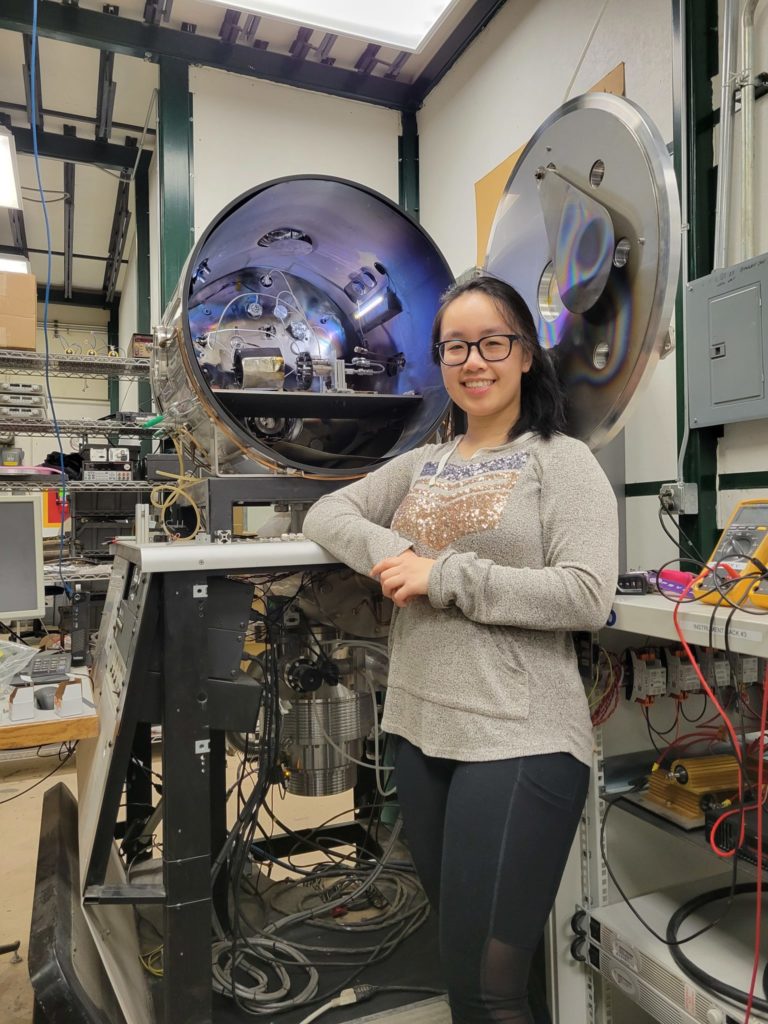
Emily Ku
Mechanical Engineering Doctoral Student, Center for Electric Propulsion and Plasma Engineering
“Right then and there I knew I wanted to make similar seemingly impossible things possible.”
In the pilot’s seat of a Cessna plane at cruising altitude it became abundantly clear to Emily Ku what she wanted to do when she graduated from high school. Even though she joined the aviation club just to “check it out,” she was chosen to go up in a real airplane alongside a retired pilot and get behind the controls.
“The pilot had his own steering wheel in case he needed to correct,” she laughed, “but the whole time I just kept thinking, this is so crazy, I can’t believe I’m doing this – it felt impossible. Right then and there I knew I wanted to make similar seemingly impossible things possible,” she said.
Ku is now pursuing a Ph.D. in Mechanical Engineering and conducting research out of the Center for Electric Propulsion and Plasma Engineering laboratory. While traditional rockets rely on lots of fuel and chemicals to get off the ground, Ku is researching electric propulsion, or how to propel rockets using ions and electrons.
“Electric propulsion is relatively new, so there are lots of problems to solve,” she said. “It’s really allowed me to exercise my creativity, too.”
Ku encourages those pursuing the same path to reach high. “It’s a field where people are making miracles happen. It’s easy to get discouraged and compare yourself to others, but just focus on your journey. Don’t fall into the mindset that you’re not smart enough or that you don’t have enough experience. There are roles for everyone in aerospace, in every kind of skillset.”

Sharmila Padmanabhan
2009 Ph.D. in Electrical Engineering
“It’s very rewarding to work on technologies that help make life better.”
A fascination with space exploration and satellites lured Sharmila Padmanabhan into engineering.
Growing up in India, she pictured herself working for NASA one day but wasn’t sure how to make it a reality. “I figured I would need some kind of engineering degree,” Padmanabhan said.
She was right. Padmanabhan earned her Ph.D. in electrical engineering from CSU in 2009. With mentoring from Professor Steven Reising, she gained experience building ground-based instruments to study the atmosphere, ocean, and climate. Now, she’s working on her seventh earth science mission as an instrument lead engineer at NASA’s Jet Propulsion Laboratory.
“Thinking back, my hands-on education prepared me for everything I do in my job today. It was spot on,” Padmanabhan said.
Padmanabhan received a NASA Exceptional Public Achievement Medal for her contributions to the hugely successful TEMPEST-D mission, a tiny weather satellite developed by researchers at CSU and JPL.
“It’s very rewarding to work on technologies that help make life better,” she said.
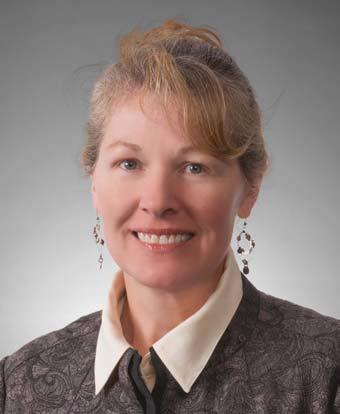
Ellen Plese
Manager of Strategic Planning and Operations, Mechanical Engineering
“But nothing equals the goose bumps of standing on top of the NASA launch support building in Cape Canaveral, watching and feeling rockets launch.”
When Ellen Plese was younger, she spent a lot of her time with her brother tinkering on cars and lawn mowers and riding motorcycles. During her senior year of high school, her brother assured her, “You are an engineer. You can pick what kind.”
During her 30 years in the aerospace industry, Plese wore all kinds of hats — from engineering and manufacturing rockets to project and program management, she has done it all.
She has many fond memories from her time working in industry, making it hard for her to pick just one.
“I was frequently amazed that I could have so much fun and get paid for it,” she said. “But nothing equals the goose bumps of standing on top of the NASA launch support building in Cape Canaveral, watching and feeling rockets launch.”
Plese now works in the Department of Mechanical Engineering as the manager of strategic planning and operations. Her advice to students? “Think long and hard before you say no to an opportunity.”
In 1999, she was awarded the Lockheed Martin NOVA Award, the company’s highest honor, for reducing the amount of time it takes to build an Atlas rocket from 48 months to 18. “I was offered this manufacturing position and at the time, I didn’t know anything about manufacturing, but I said yes anyway, and I learned so much from the experience.”
About CSU’s aerospace program
The Walter Scott, Jr. College of Engineering brings together a collaborative aerospace ecosystem of researchers, faculty, staff and industry partners. Well-rounded academic and research programs across engineering disciplines offer students a hands-on, applied education. Whether it’s deep-space communication, autonomous UAVs, robotics or using and calibrating sophisticated sensors, students with a passion for aerospace have a home at CSU.